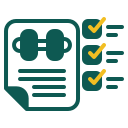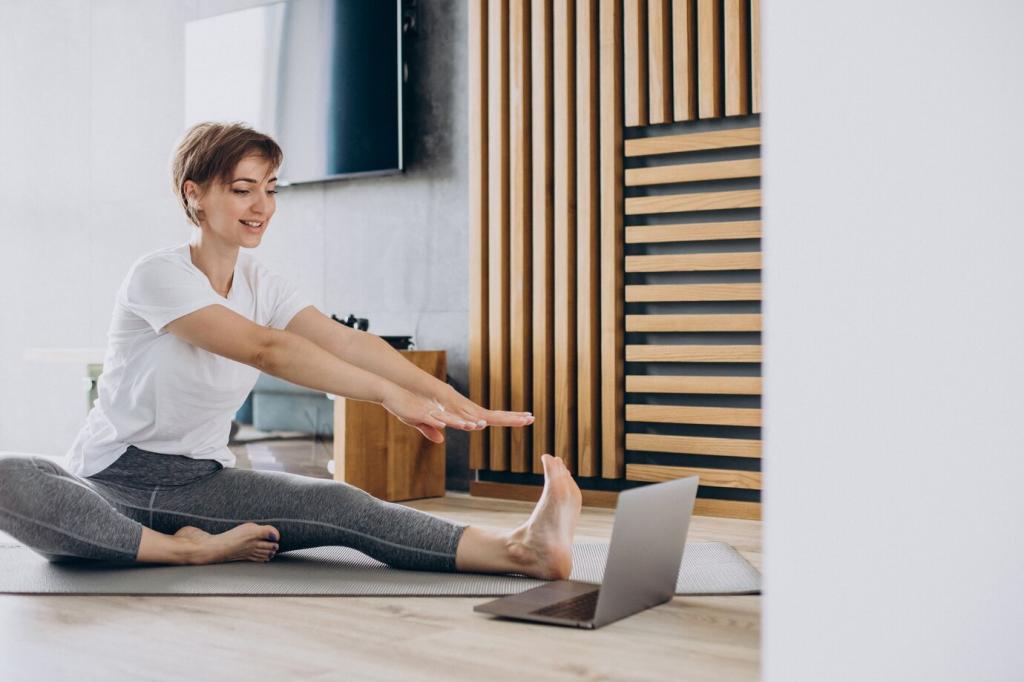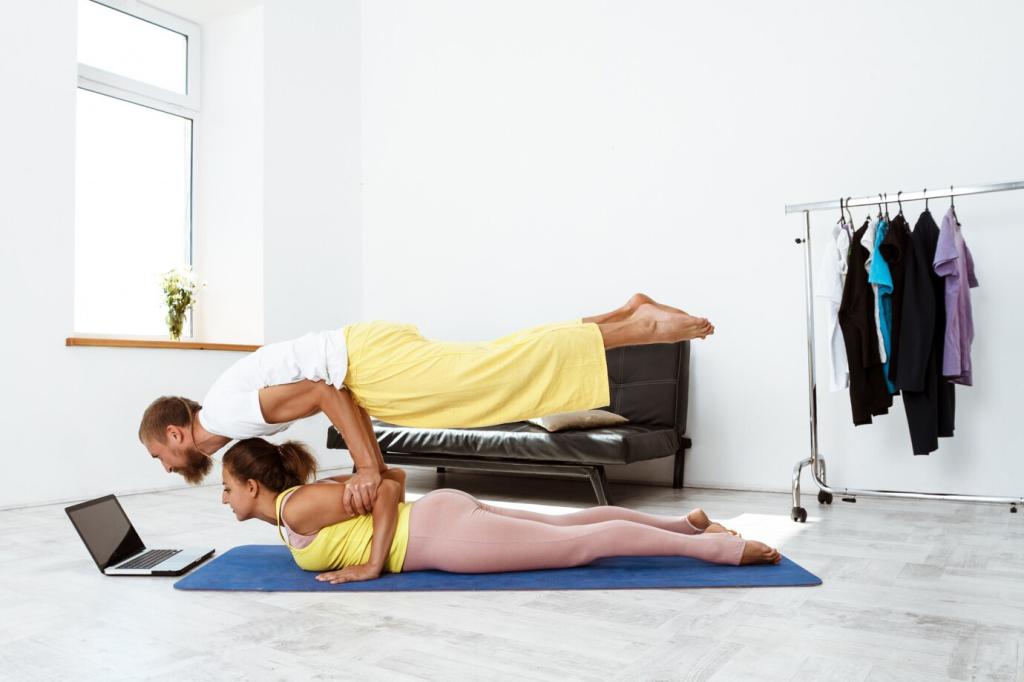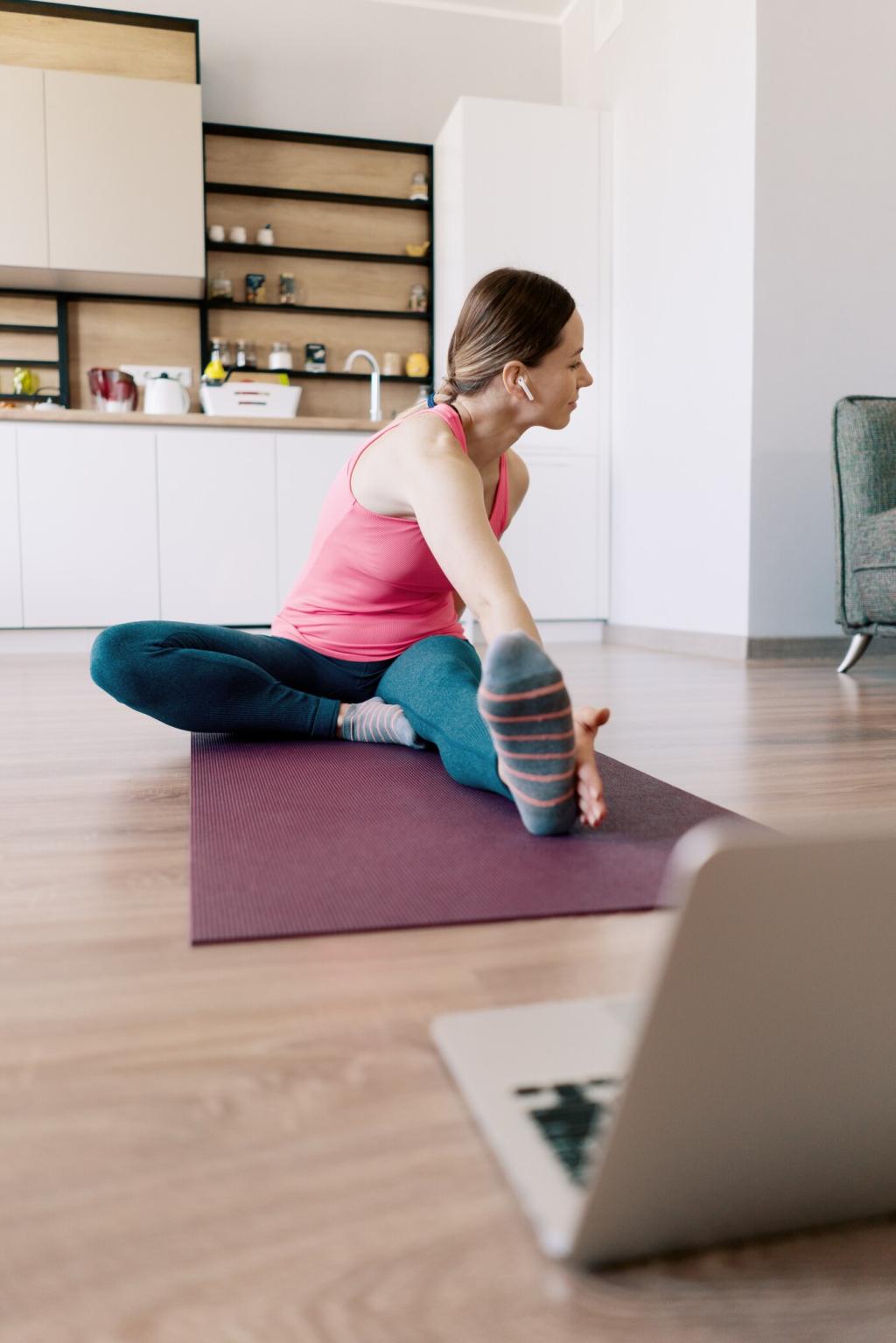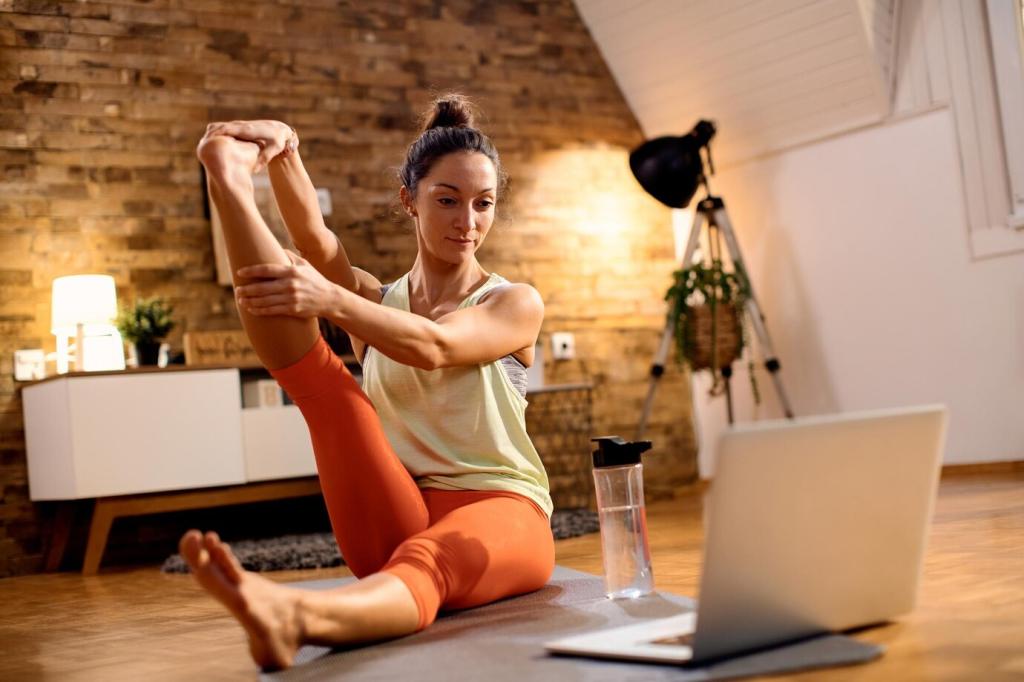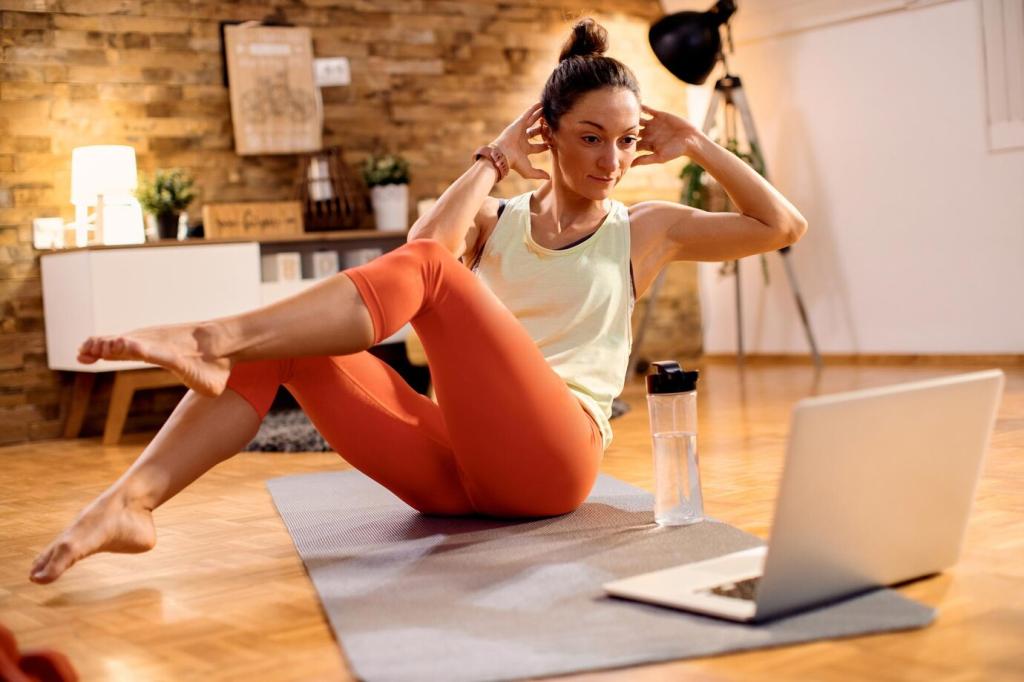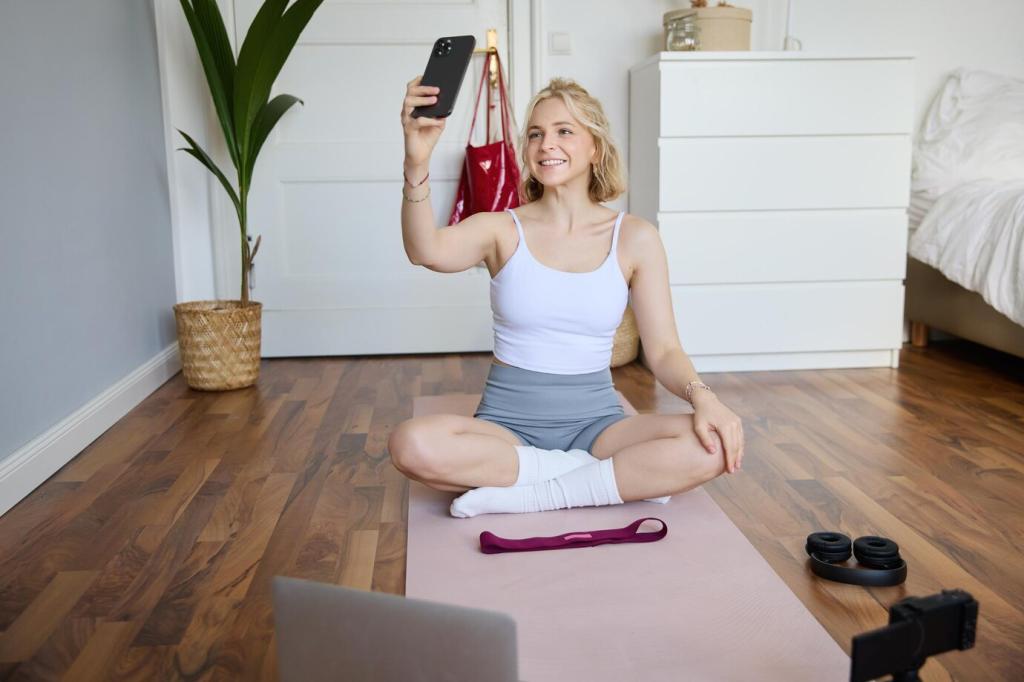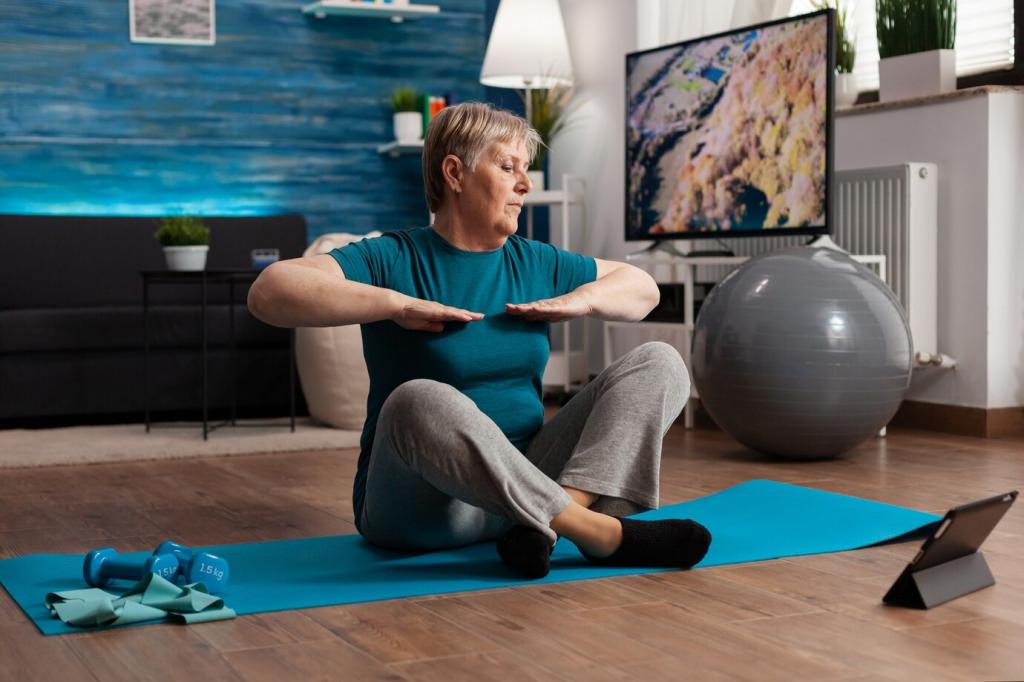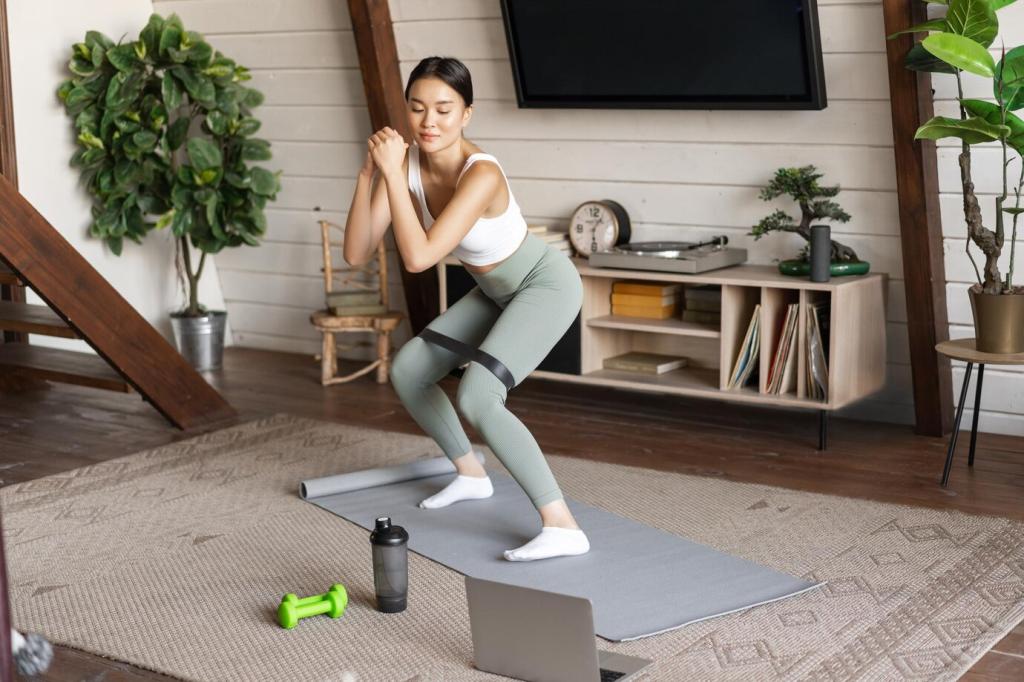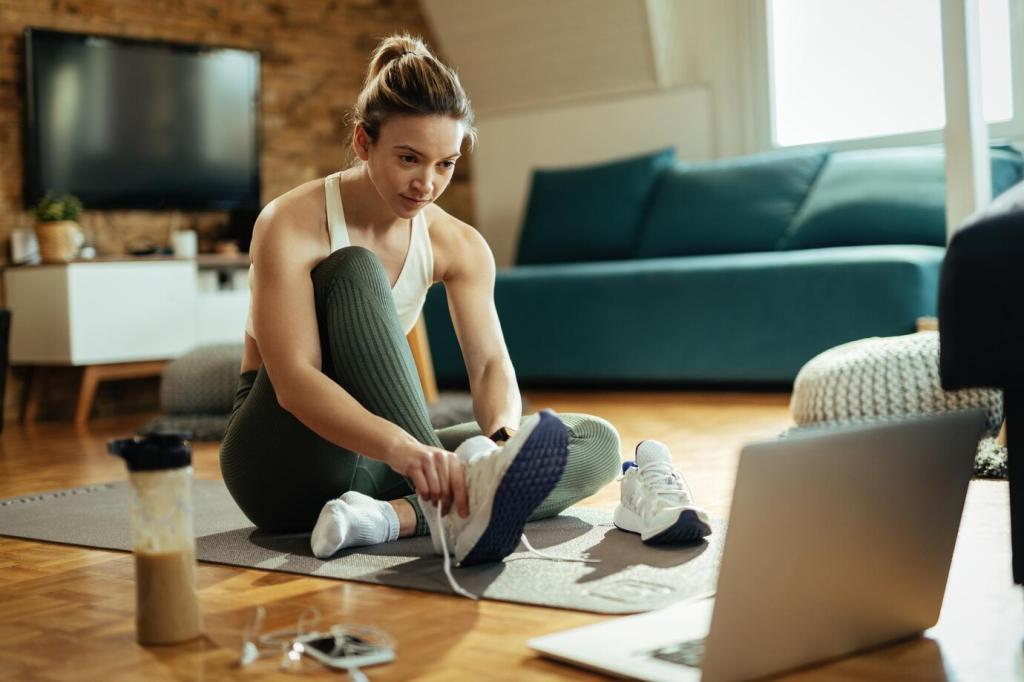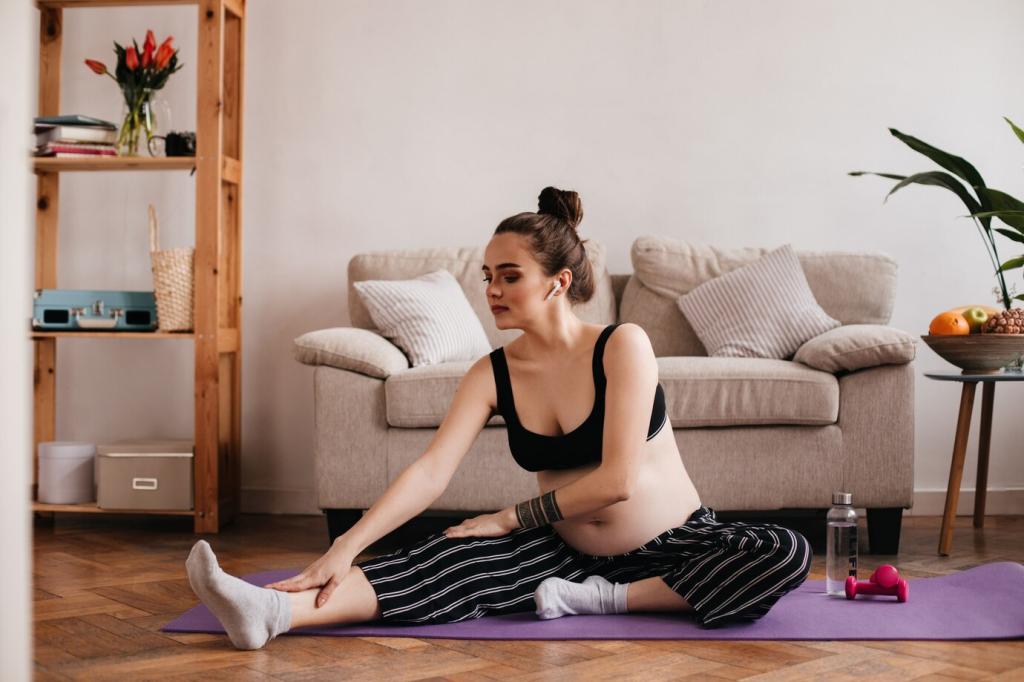Motivation and Accountability at Home
Tie workouts to existing routines, like starting immediately after morning coffee. Lay out gear the night before. If a simple cue works wonders for you, post it below, and help someone else keep home training safe and consistent.
Motivation and Accountability at Home
Share your weekly plan and tag a friend for accountability. Comment with your goals, and check back on Fridays to report progress. Subscribe to join our supportive thread where safety tips and small victories compound into reliable results.
